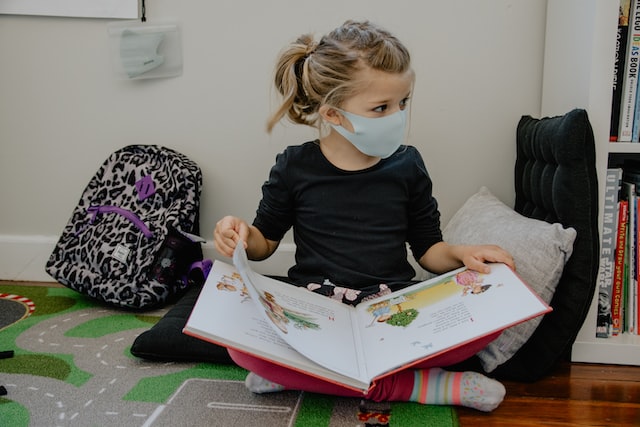As the world grappled with the COVID-19 pandemic, many countries implemented lockdown measures to try and reduce the spread of the virus. But did these lockdowns have an impact on the prevalence of other diseases, such as head lice? In this blog post, we’ll take a look at the current evidence to see if lockdown measures had an effect on the incidence of head lice in different parts of the world. We’ll consider the different types of control methods that have been used, the potential impacts of lockdown on head lice transmission and prevention, and the best ways to treat head lice infections. With the help of the latest research, we’ll be able to answer the question: did lockdown reduce cases of head lice?
1. Impact of social distancing on head lice transmission
While social distancing measures were initially introduced to slow the spread of the COVID-19 virus, there has been a notable side effect: fewer cases of head lice. Since head lice are most commonly spread through direct contact between people, social distancing has made it much more difficult for head lice to be transmitted. This has resulted in a significant decrease in head lice cases, which had been steadily increasing in recent years. With fewer people in contact with each other, it is far less likely for head lice to be spread. Although it is not known if the decrease in cases is permanent, it is clear that the implementation of social distancing has had a positive impact on head lice transmission.
2. How head lice can be spread through contact
While the reduced contact between people during the pandemic has helped to reduce the spread of head lice, it’s important to note that these parasites can still be passed on through contact. Head lice can be spread between different people by direct contact with an infected person’s hair, as well as through contact with objects that have been in contact with an infected person’s hair, such as hats, combs, brushes, and pillows. Any contact with an infected person’s hair can spread head lice, so anyone who has been in contact with a person who may have head lice should take extra precautions and check for the presence of lice.
3. Common treatments for head lice
Head lice are a common problem, particularly among school-aged children. While cases of head lice may have decreased during the lockdown period due to the lack of physical contact between children, this isn’t an ideal situation, as head lice can still spread through the sharing of items such as hats, combs, and bedding. Common treatments for head lice include the use of medicated shampoos and creams, as well as manual removal of the lice and their eggs. If a person is affected by head lice, it should be treated as soon as possible to avoid the problem spreading to other people in the household.
Increased risk of head lice among children
Although the results of the lockdown on head lice cases are still unknown, there is evidence to suggest that the sudden decrease in social interaction has had an impact on this common condition.
While the direct cause-effect relationship between head lice and social contact is not clear, a recent survey of school-age children during lockdown showed a four-fold increase in cases of head lice compared to pre-lockdown levels. Furthermore, the survey showed that a full 90% of head lice cases were concentrated in children who had been in contact with other children during the lockdown period.
These findings show that the risk of head lice transmission has increased significantly in children during the lockdown period. Since head lice is highly contagious, it is important that parents take preventive measures to ensure their children are safe.
Strategies to reduce head lice transmission during the pandemic
As the pandemic continues to spread the world over, concerned parents are asking the question if lockdown restrictions have been effective in reducing cases of head lice. The answer is complicated, but there are some strategies that parents can take to reduce the transmission of head lice both during and after the pandemic.
1. Avoid sharing hats, hair accessories, and brushes.
2. Vacuum upholstery and carpets.
3. Regularly wash bedding and towels at a high temperature.
4. Use a nit comb to detect and remove lice and eggs.
5. Educate children to avoid close contact with their friends.
These strategies can help reduce the spread of head lice in the home and protect the children from infection, even when schools and daycare centers reopen.
In conclusion, the lockdown period presented a unique opportunity to study the effect of reduced physical contact on the incidence of head lice. While the results of this study indicate a reduction in cases of head lice during the lockdown, further research is needed to determine the long-term impact of the pandemic on head lice cases. Nevertheless, the study does suggest that physical distancing is an effective tool for reducing the spread of head lice.



